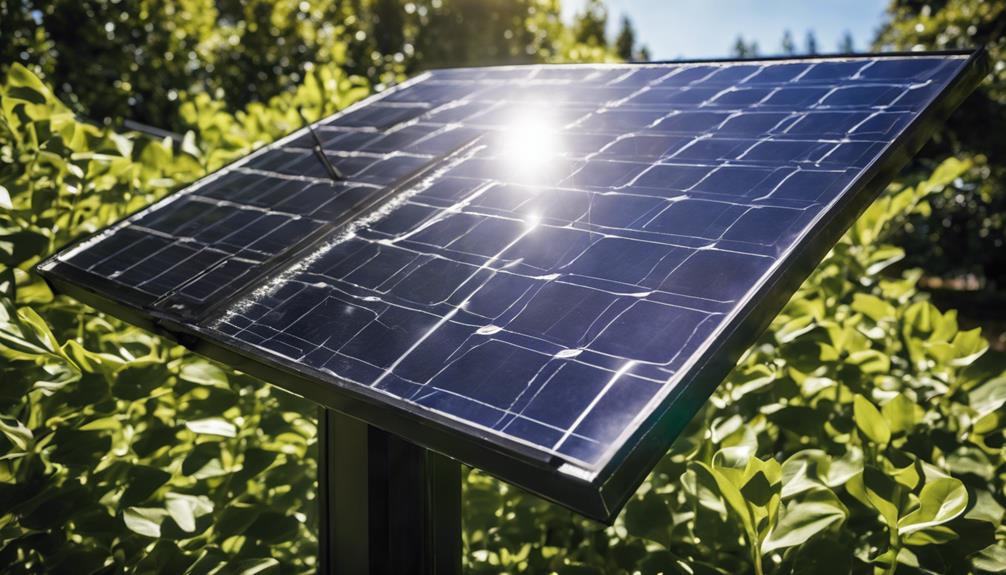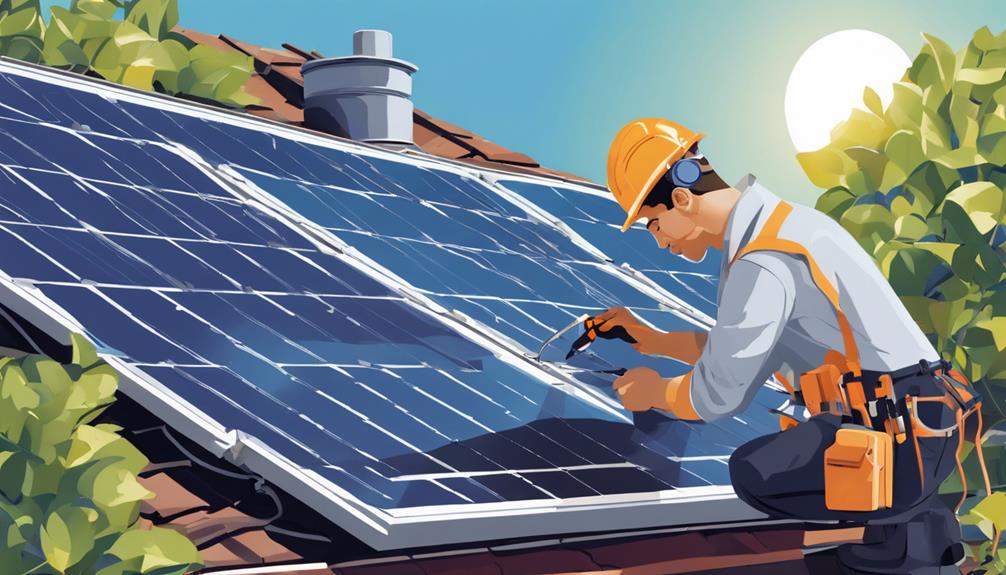
In recent years, the demand for renewable energy sources has surged, with solar power taking the lead as one of the most popular options. Among the various solar panel installation methods, ground mount solar panels have gained significant attention for their efficiency and adaptability. In this blog post, we will explore the advantages of ground mount solar panels, their installation process, cost considerations, and much more, ensuring you have all the information you need to make an informed decision.
What Are Ground Mount Solar Panels?
Ground mount solar panels are solar energy systems installed directly on the ground, rather than on rooftops. This installation method is particularly beneficial for those who may not have suitable roof space, face shading issues, or want to optimize their solar energy production. Ground mount systems can be installed on properties with ample land, making them an ideal choice for homeowners and businesses looking to maximize their solar output. By understanding the definition and functionality of ground mount solar panels, you can appreciate their growing popularity in the renewable energy sector.
Advantages of Ground Mount Solar Panels
One of the primary advantages of ground mount solar panels is their flexibility in design and orientation. Unlike roof-mounted systems, ground-mounted panels can be positioned at the optimal angle to capture sunlight throughout the day, significantly enhancing energy production. Additionally, these systems are easier to maintain and repair since they are more accessible than rooftop installations. Moreover, ground mount solar panels can be built on uneven terrain, making them suitable for various landscapes. This flexibility allows homeowners and businesses to tailor their solar energy systems to their specific needs and preferences.
Installation Process of Ground Mount Solar Panels
The installation process for ground mount solar panels involves several steps to ensure optimal performance. First, a site assessment is conducted to determine the best location for the solar array, taking into account factors like sunlight exposure, shading from trees or buildings, and soil conditions. Once the location is selected, the next step is to prepare the ground, which may involve leveling the terrain and clearing obstacles. After preparation, the mounting structure is installed, followed by the solar panels themselves, which are secured to the ground-mounted framework. Finally, the system is connected to the electrical grid or a battery backup system, completing the installation process.
Cost Considerations for Ground Mount Solar Panels
When considering ground mount solar panels, understanding the costs involved is crucial. The total cost will depend on several factors, including the size of the solar array, the complexity of the installation, and any additional equipment required, such as inverters or batteries. Generally, ground mount systems can be more expensive than roof-mounted systems due to the additional materials and labor needed for installation. However, the long-term savings on electricity bills and potential tax incentives can offset initial expenses. It’s essential to conduct a cost-benefit analysis to determine if a ground mount solar panel system aligns with your financial goals and energy needs.
Maintenance of Ground Mount Solar Panels
Maintaining ground mount solar panels is generally straightforward, thanks to their accessibility. Regular maintenance is essential to ensure optimal performance and longevity. This includes cleaning the panels to remove dirt and debris that may block sunlight, inspecting the mounting structure for any signs of wear or damage, and checking the electrical components for functionality. While solar panels require minimal maintenance, scheduling periodic professional inspections can help catch potential issues early and ensure the system operates efficiently.
Environmental Impact of Ground Mount Solar Panels
Ground mount solar panels contribute positively to the environment by reducing reliance on fossil fuels and decreasing greenhouse gas emissions. By harnessing solar energy, these systems help mitigate climate change and promote sustainability. Additionally, many ground-mounted solar installations can coexist with agricultural practices, allowing landowners to use their property for both farming and energy production. This dual-use approach maximizes land utility while supporting renewable energy goals. Understanding the environmental benefits of ground mount solar panels can help you appreciate their role in fostering a greener future.
Choosing the Right Ground Mount Solar Panel System
Selecting the right ground mount solar panel system requires careful consideration of various factors, including energy needs, budget, and available space. It’s essential to assess your energy consumption patterns to determine the appropriate system size. Consulting with a reputable solar installer can provide valuable insights into the best options for your specific circumstances. Additionally, consider the quality and efficiency of the solar panels, as well as any warranties or guarantees offered by the manufacturer. Making an informed choice will ensure you maximize your investment in solar energy.
The Future of Ground Mount Solar Panels
As technology advances and solar energy becomes increasingly mainstream, the future of ground mount solar panels looks promising. Innovations in solar technology, such as improved efficiency rates and cost reductions, will likely enhance the appeal of ground-mounted systems. Moreover, as more individuals and businesses commit to sustainability, the demand for ground mount solar panels is expected to rise. By investing in this renewable energy solution today, you can contribute to a sustainable future while enjoying the long-term benefits of solar power.
In conclusion, ground mount solar panels present an excellent opportunity for those looking to harness solar energy effectively. With their numerous advantages, including flexibility in design, ease of maintenance, and positive environmental impact, it’s clear why many homeowners and businesses are opting for this installation method. By understanding the installation process, costs, and maintenance involved, you can make an informed decision about whether ground mount solar panels are the right choice for your energy needs. Embrace the power of solar energy and take a step toward a sustainable future today!





